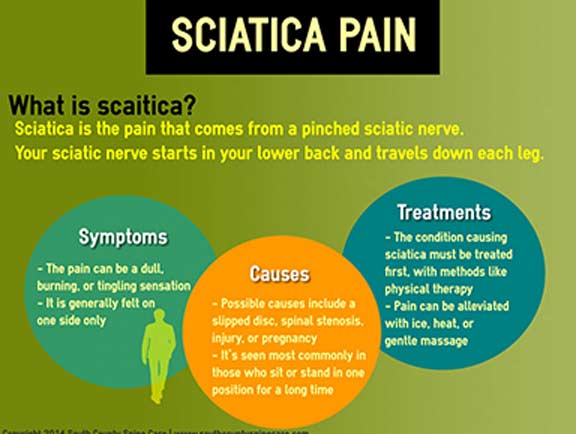Recognize The Hidden Factors For Your Back Pain And Take Proactive Actions Towards Better Health And Wellness
Recognize The Hidden Factors For Your Back Pain And Take Proactive Actions Towards Better Health And Wellness
Blog Article
Content Author-McKay Hamilton
If you're experiencing back pain, your body could be attempting to tell you something more than simply pain. The means your back feels can offer valuable clues concerning your general wellness. Comprehending the certain kind of pain you're really feeling and any coming with signs and symptoms is crucial to deciphering the mystery behind your pain. Let's check out the common conditions and signs connected with various types of back pain to clarify what your body may be signaling.
Kinds Of Pain In The Back
When it concerns neck and back pain, there are numerous kinds that you may experience. One common type is muscle mass pain, usually triggered by overuse, stress, or injury to the muscle mass and ligaments supporting the back. This kind of discomfort can range from light discomfort to severe and debilitating pain.
An additional kind is nerve pain, which can arise from conditions like herniated discs or sciatica. Nerve pain typically provides as a sharp, shooting sensation that emits down the leg.
Joint pain in the back can stem from issues like arthritis or sacroiliac joint dysfunction. This sort of discomfort is typically felt in the lower back and can be exacerbated by specific movements.
Additionally, pain in the back can be associated with structural issues such as back stenosis or vertebral fractures. Comprehending the type of pain in the back you're experiencing is crucial in identifying the appropriate treatment and administration methods.
Common Symptoms to Expect
Moving beyond the various kinds of neck and back pain, it is necessary to acknowledge the typical signs and symptoms that can signal underlying issues.
Relentless pain in the back that gets worse with movement or in the evening can show a more severe issue. Feeling numb or tingling in the legs or feet, specifically when accompanied by weak point, may indicate a nerve-related issue. If you experience sudden weight-loss in addition to pain in the back, it could be a sign of a much more systemic condition.
Read the Full Post to any adjustments in bladder or digestive tract feature, as this could be connected to spinal cord compression. Fever, chills, or night sweats combined with neck and back pain might indicate an infection. Watch out for pain that radiates down one or both legs, potentially a measure of sciatic nerve pain.
Wellness Issues Linked to Pain In The Back
If you struggle with pain in the back, it's crucial to comprehend the prospective health conditions linked to this discomfort. Back pain can be a symptom of different underlying concerns, including muscle pressures, herniated discs, osteoarthritis, spinal stenosis, and also problems like kidney stones or infections.
Muscle stress prevail and typically result from raising heavy objects or abrupt motions.
Herniated discs occur when the soft cells between vertebrae protrudes, causing nerve irritation.
Osteo arthritis, a degenerative joint illness, can bring about back pain as cartilage wears down.
Back constriction, the narrowing of the spine canal, can tax nerves.
Kidney rocks may trigger extreme back pain if they move into the urinary tract.
Infections like back osteomyelitis can likewise show up as neck and back pain. Recognizing low back spasms and wellness conditions can assist you look for ideal healthcare and monitoring for your pain in the back.
Conclusion
So, next time your back injures, take notice of the kind of discomfort and coming with signs and symptoms. https://chiropractor-realignment28406.idblogz.com/32658348/you-may-be-surprised-to-discover-that-many-misconceptions-regarding-chiropractic-treatment-stem-from-an-absence-of-understanding-uncover-the-reality-behind-these-myths could be a signal from your body about underlying wellness problems like muscle mass stress, nerve concerns, joint troubles, or even architectural issues. By identifying these indicators, you can take proactive actions to address the root cause of your pain in the back and improve your general health and wellness and well-being.
